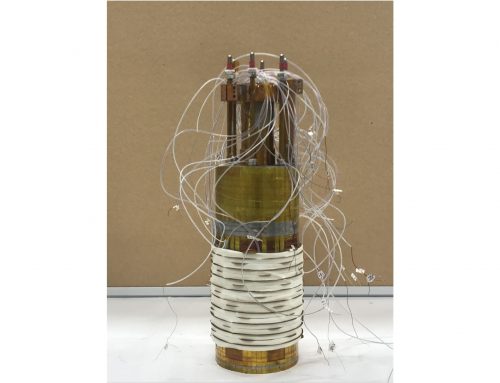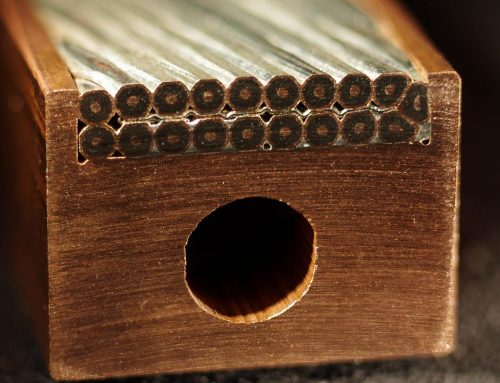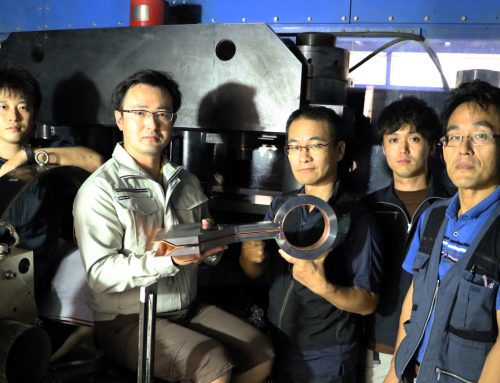Rolf Pfister, Michael Kamke, Eric Verney, Mickaël Pelloux, Eyub Yildiz, Luc Ronayette, and Pierre Pugnat, LNCMI Grenoble.
The hybrid magnet, combining resistive and superconducting technologies and that is under construction at LNCMI-Grenoble, has reached important milestones in 2021 despite the Covid-19 sanitary crisis. After a thorough preparation phase, we successfully inserted the outsert superconducting coil of 1100 mm aperture into its He vessel (Figure 1). Supported by the company SDMS, we then realized the closure welds of the He vessel (Figure 2) following a strict procedure to not damage the coil, the instrumentation wires, and the ground electrical insulation. After a successful dye penetrant test of the welds, we will further perform pressure and leak tests. On June 30, Cryo Diffusion delivered the cryogenic line to LNCMI-Grenoble. We achieved an overall dummy assembly with the cryogenic line connecting the magnet cryostat to the cryogenic satellite that shall produce pressurized superfluid He (Figure 3). This step allowed us to ensure final mechanical adjustments prior to the final closure welds. We expect the superconducting magnet cooldown to start in the second quarter of 2022.
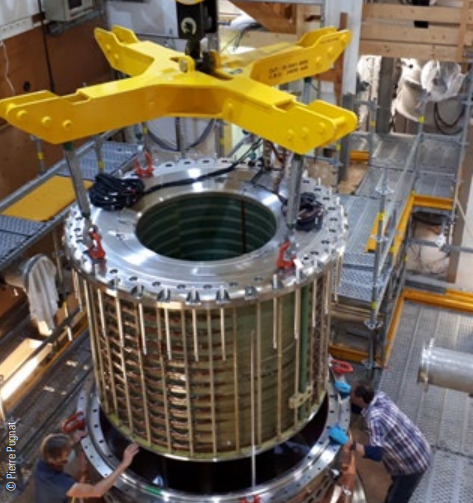
Figure 1: Successful insertion of the superconducting coil in the He vessel. In the most constraint part, the radial clearance is 0.4 mm.
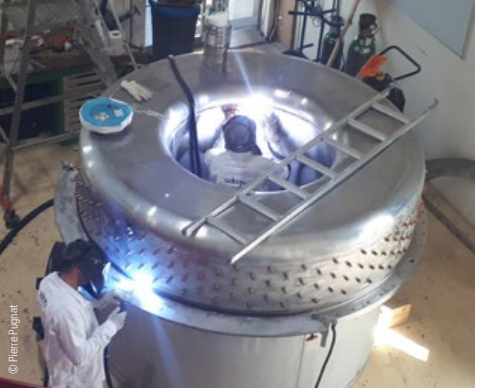
Figure 2: Closure welding of the He vessel with the superconducting coil inside requiring a strict control of the temperature to not damage the electrical insulation (contractor SDMS).
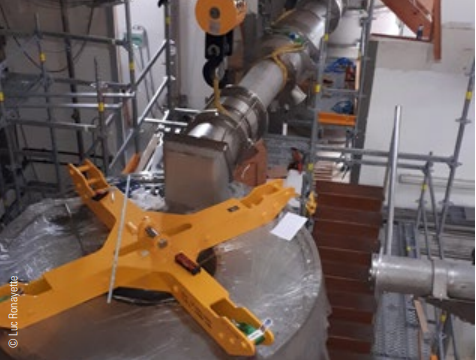
Figure 3: Trial assembly of the cryogenic line (contractor Cryo Diffusion) connecting the cryogenic satellite in the back to the superconducting magnet cryostat in the front.
This project is realized in collaboration with CEA-Saclay. It is supported by CNRS, Université Grenoble-Alpes, the French Ministry of Higher Education and Research in the framework of the “Investissements pour l’avenir & Equipements d‘excellence” Equipex LaSUP (Large Superconducting User Platform), and the European Funds for Regional Development (FEDER) and Rhône-Alpes region.
Contact: pierre.pugnat@lncmi.cnrs.fr




